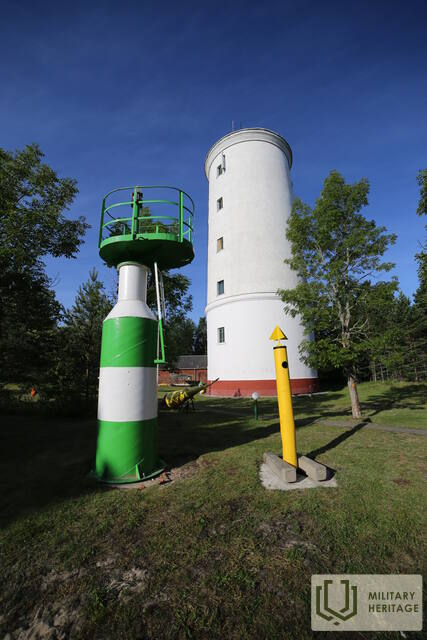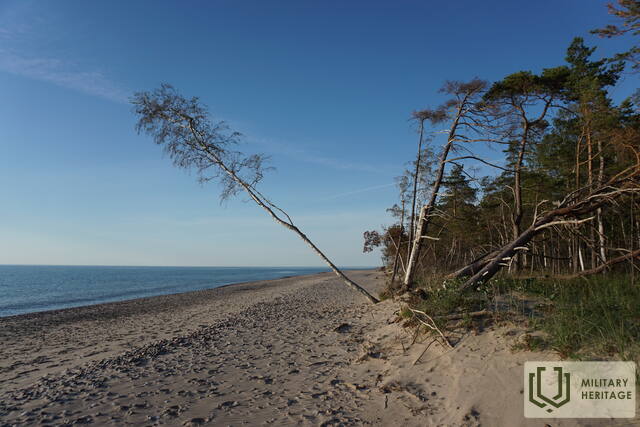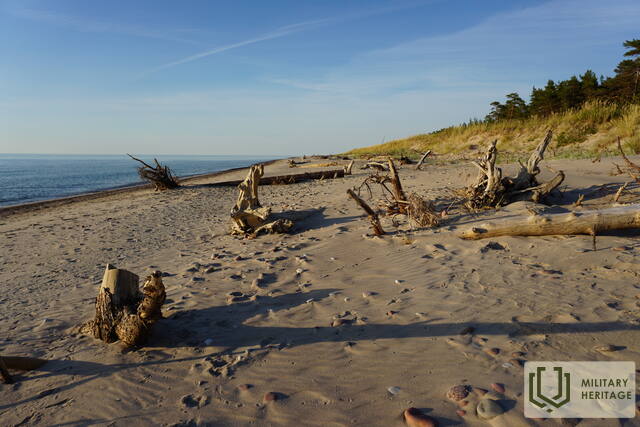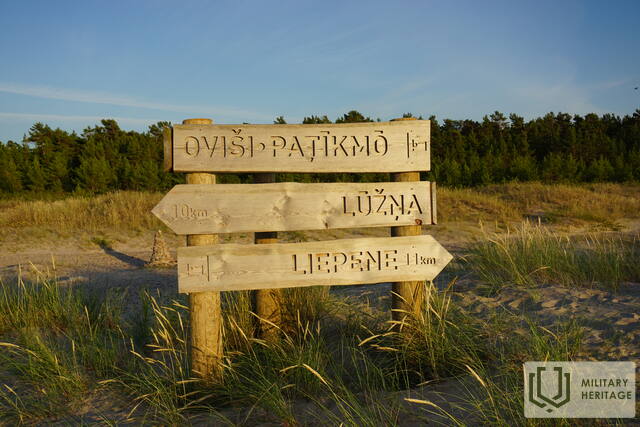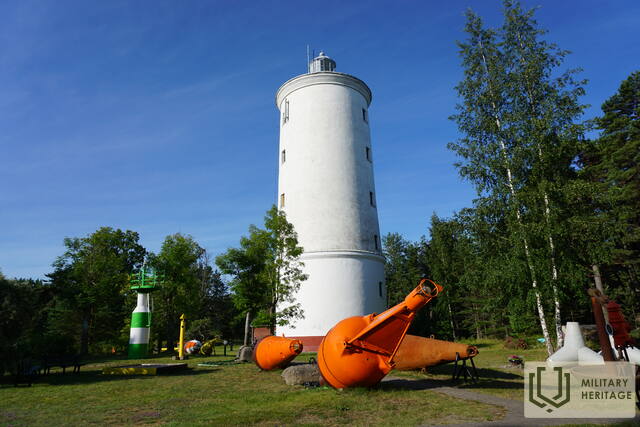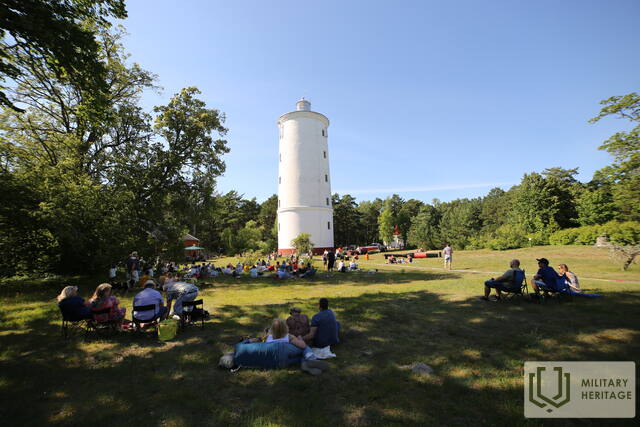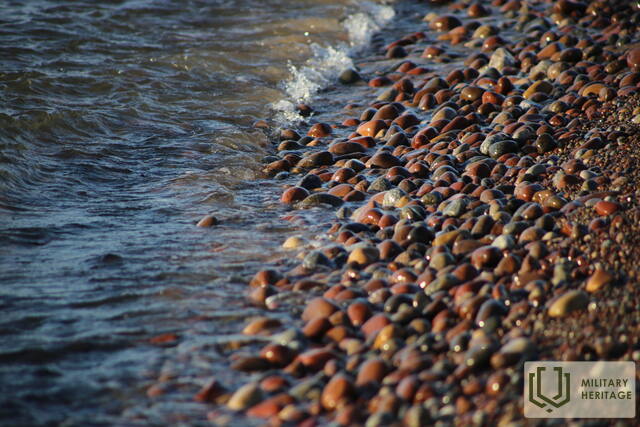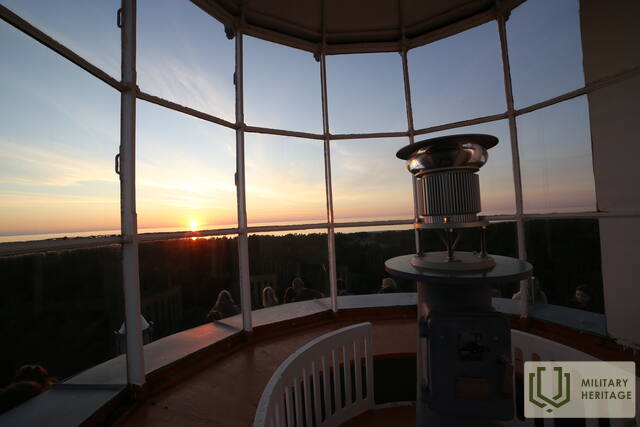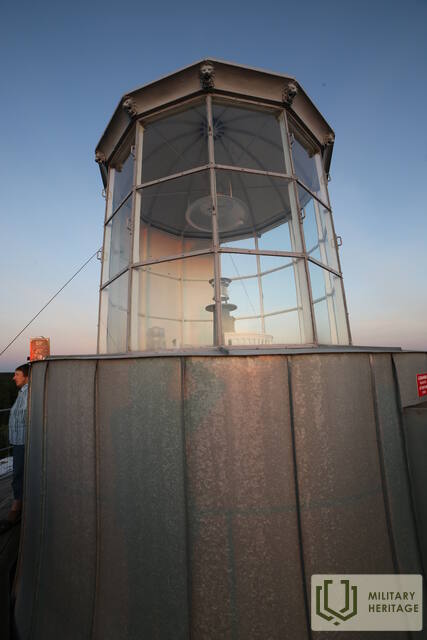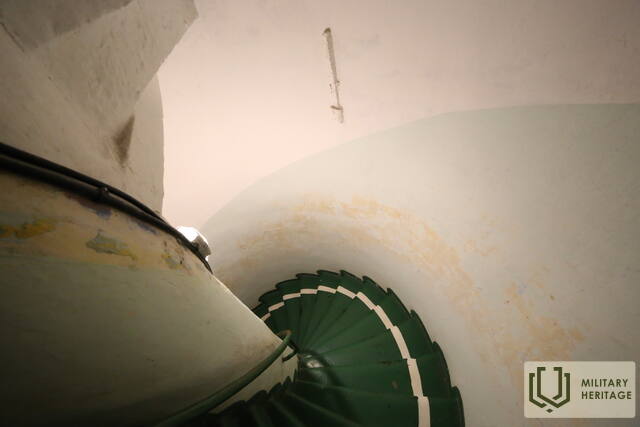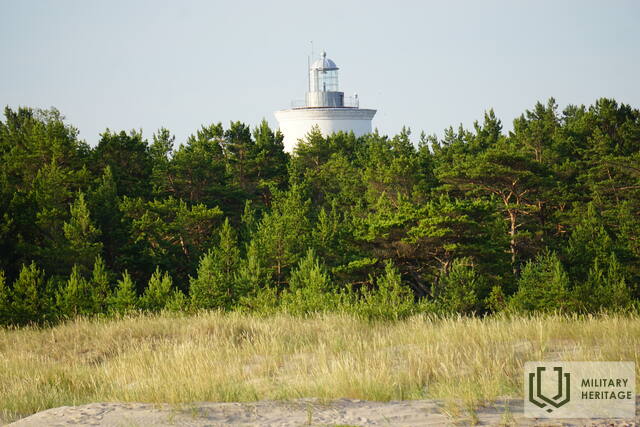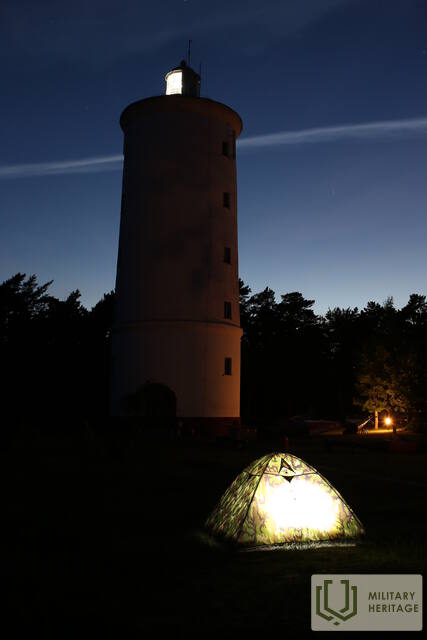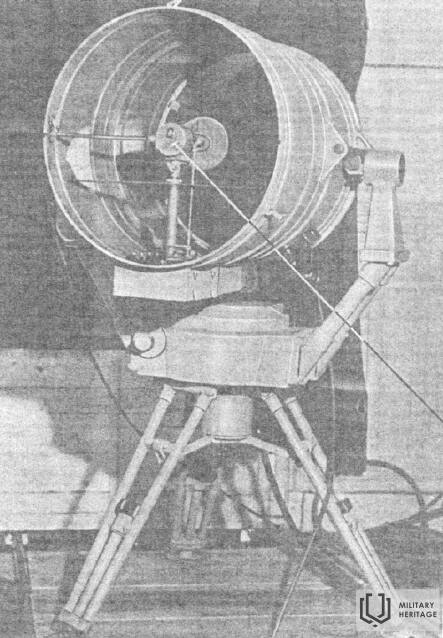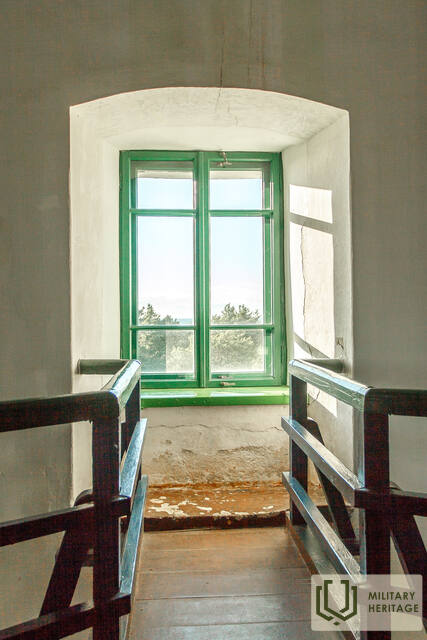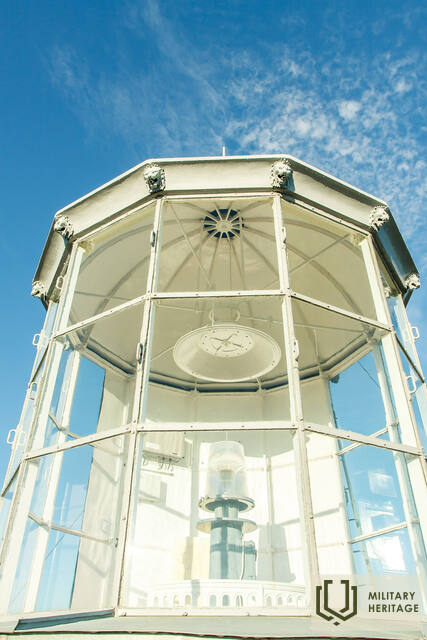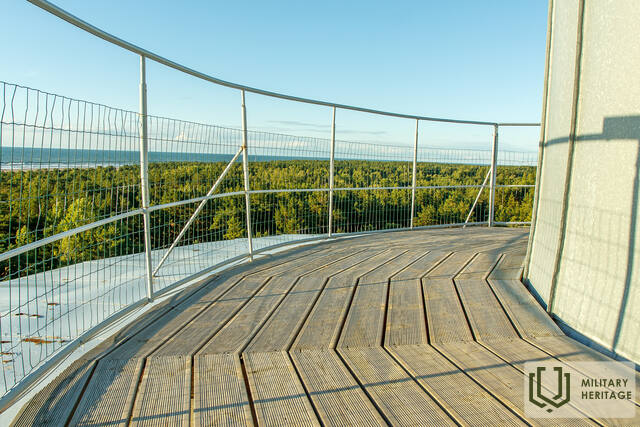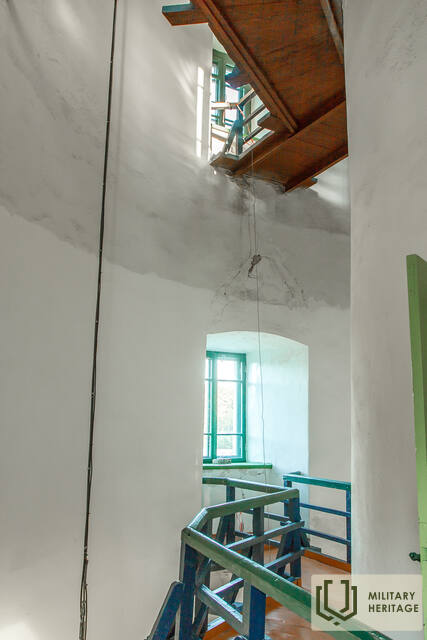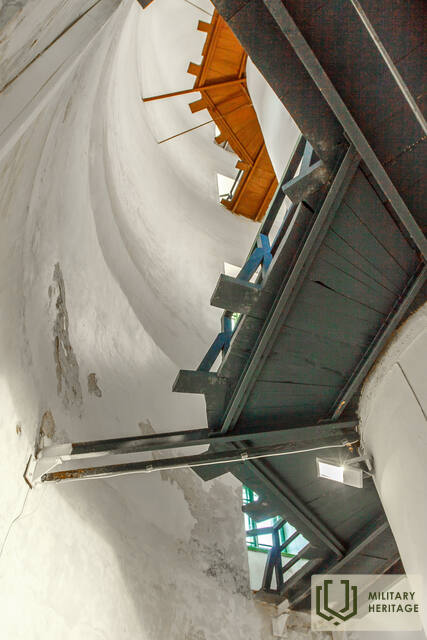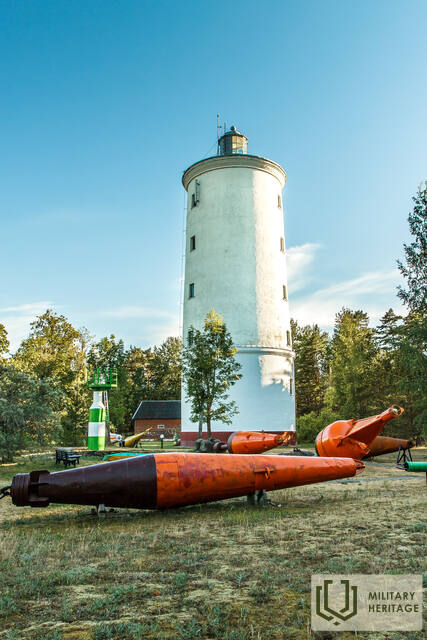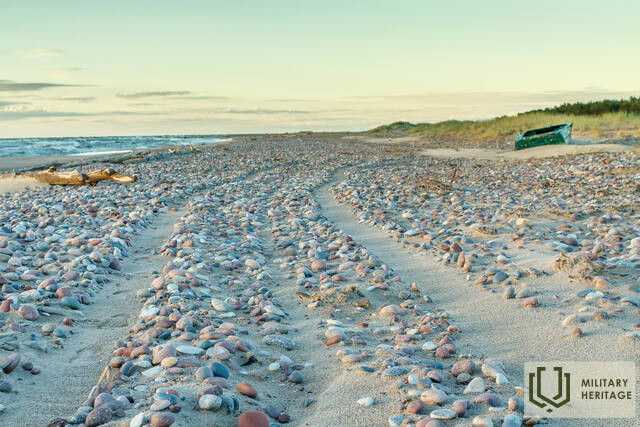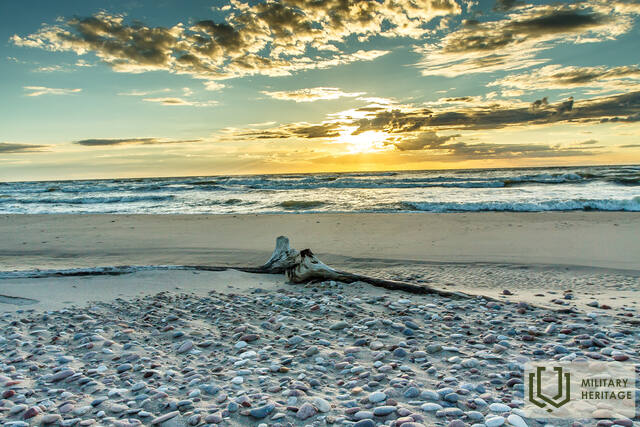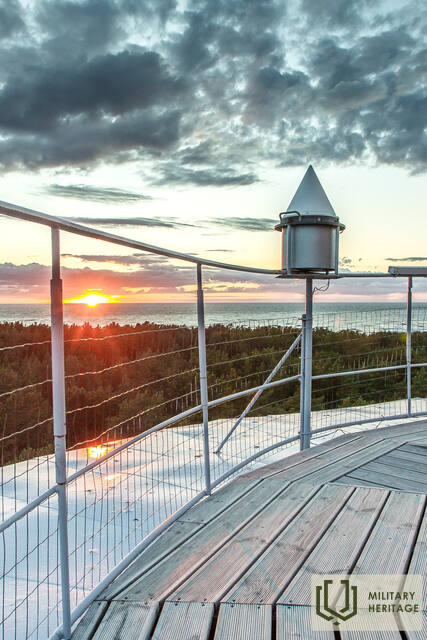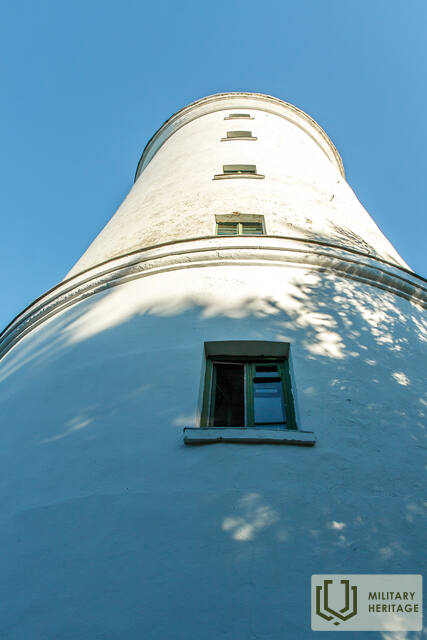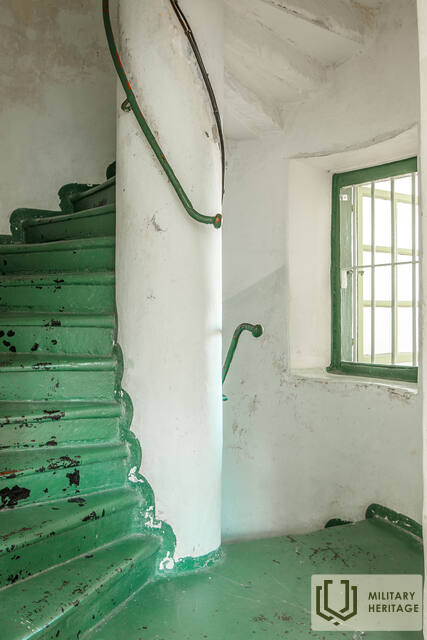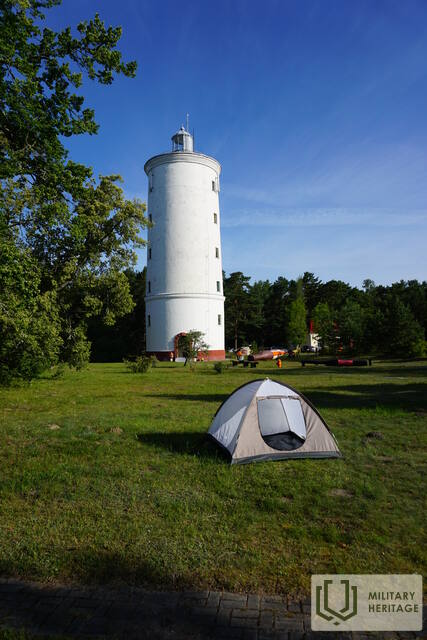Oviši Lighthouse and Soviet border guard
Infrastructure

 216
216




Oviši Lighthouse is located in the Tārgale parish in a village called Oviši on the coast of Kurzeme. It was built in 1814 and it is the oldest lighthouse in Latvia. The height of Oviši Lighthouse tower is 37 m. The lighthouse has a double-cylinder design: its diameter is 11.5 m, but within the stone wall there is a second tower with a diameter of 3.5 m. Such double-cylinder lighthouses were used also as defensive structures in the 18th-19th century Europe in case of enemy attacks. The Oviši Lighthouse Museum is considered to have the largest collection of lighthouse equipment and maritime navigation items among all Latvian lighthouse museums. When the weather is right the Irbe Lighthouse can be seen from Oviši Lighthouse.
At the end of World War II, the headquarters of the Beminger Battalion of the German Army was located near the Oviši Lighthouse along with the 4th Battery of the 530th Naval Artillery Division with several anti-aircraft guns. It is said that there was a radio direction finder and an infrared ray detection station Donau Gerät located at the foot of the lighthouse. A Soviet border guard post was once located near the lighthouse, but none of the Soviet-era buildings have survived. The Oviši station building is still located in the territory of the lighthouse.
Related timeline
Related stories
Forbidden Lighthouses and Seashore
During the USSR era, the seacoast in North and West Kurzeme were actually military zones closed to the public, but it was forbidden to visit the lighthouses or even take photographs
Border regime zone
About times in the border regime zone.
July 1976 military-patriotic games at the “Orlenok” tank training ground near Irbene
July 1976 military-patriotic games "Orlenok" at the tank training ground near Irbene, in which 17-year-old Evalds Krieviņš participated and secretly photographed the games, equipment and even the Irbene antenna with a Sme8M camera
Stoning of tanks
During the Soviet era, the entire Kurzeme coast was a closed zone. Children who lived near the Soviet army unit in Targale parish, including Ovishi, used to have fun throwing stones at tanks.
Kurzeme coast - closed area
During the Cold War, the entire Kurzeme coastline was a closed zone to the public - Soviet border guards were the main decision-makers here, with guard posts at certain distances and observation towers with spotlight stations on the beach. Civilians were only allowed on the seafront during daylight hours.
The important place of Stende station in the Karalauskas railway network
The main task of the battlefield railways in the Irbes Strait area was to provide the German army's coastal defense positions with cannons and ammunition.




